Last Updated: 05/05/2025
How To Toilet Train Your Puppy
Wondering more about toilet training a new puppy? Check out our tips and tricks to make the process easier for everyone from our vet team.
Author: Dr Kes Holliday DVM
Reading Time: 17 minutes - medium read
Adding a new puppy to the family is an exciting time, full of endless love and puppy kisses! Now that your pup has moved into your loving home, adjusting to life away from mum and siblings can be stressful. Your puppy is still learning how the world works and is entirely dependent on you to show them the ropes.
Unless you enjoy cleaning up messes, toilet training is probably one of the first things you'll want to teach your little ball of fur. Here's our guide to get you started with toilet training.
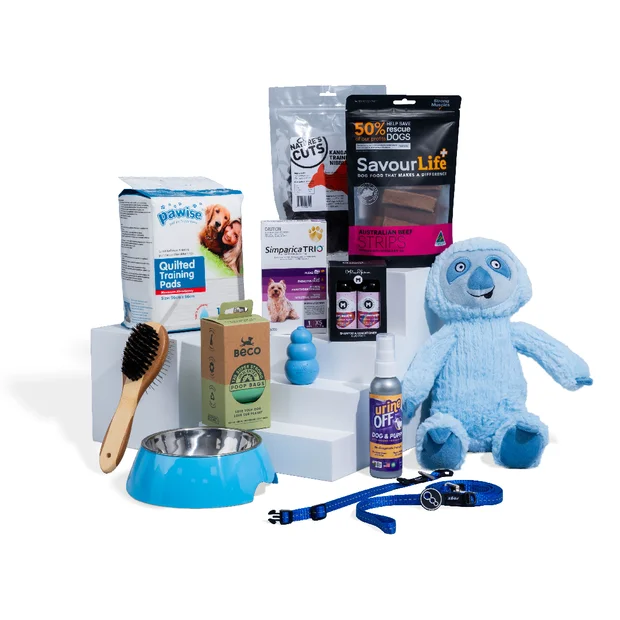
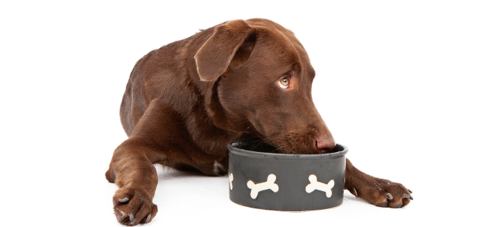
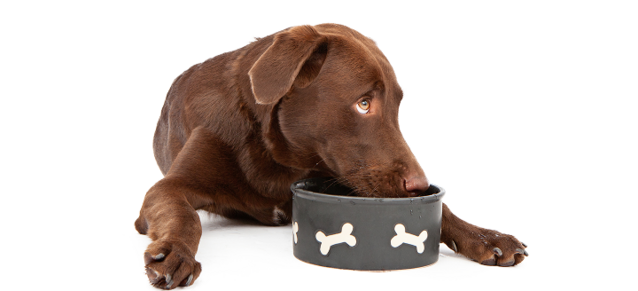
Need new puppy supplies?
Check out our Better Puppy Bundle - a complete vet-approved puppy essentials pack, designed to help tick off your 'new puppy checklist'. It contains parasite prevention, toys, treats, training aids, food vouchers, and more!
Filled with up to $230 worth of products, our discounted price ($49.95) makes for incredible value! This new puppy bundle is available in different sizes - for small, medium, or large breed pups.
How long does it take to toilet train a puppy?
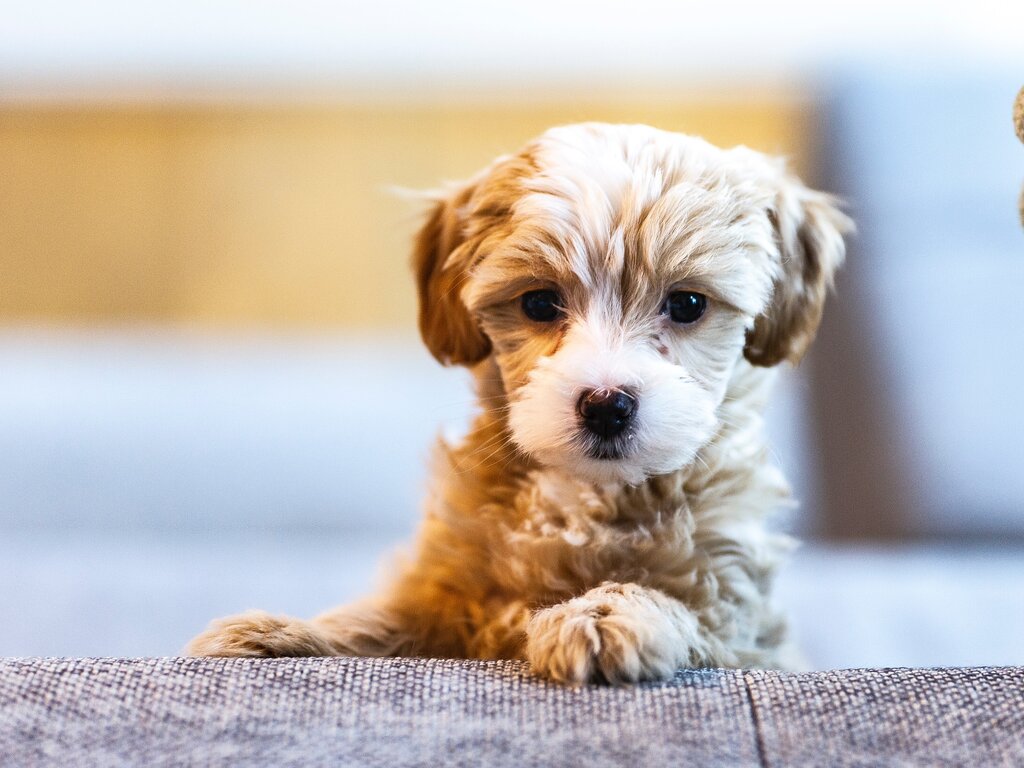
Always remember that every puppy is unique, so they may not progress in potty training as fast as other dogs. But have patience - they'll get there! Dogs instinctively want to please and most would do anything to impress their human. Following the tips below can help them get the idea quicker.
Embrace a routine
Whether you are a seasoned dog parent or new to puppy care, you will soon notice that pups tend to follow a routine, and you can use this to help your pup get the hang of toilet training more quickly. Create a feeding schedule to make it easier to predict when your pup needs to go potty as they tend to do this after eating, waking up, and after play.
Supervision and consistency is KEY! Notice your pup's behaviour and take them to their toilet spot as soon as you notice signs of sniffing around or appearing unsettled. When you do take your puppy for a toilet break, use the same route, door, and area where you want them to potty every time to reinforce the routine.
Keep your pup's interest by using plenty of positive reinforcement when they toilet appropriately: affection, patience, treats, praise, or toys. Nothing beats being acknowledged as a 'good girl or boy!'
Be sure to praise them and give treats every time they get it right, and if they seem keen to have a play afterwards, let them enjoy some time outside with you as a reward.
Want to know more about the benefits of positive pet parenting and how to get started? Check out our New Puppy Guide for more on training, health, nutrition and behaviour.
Consider crate training
Crate training establishes your pup a territory in your household and gives them confidence. Dogs have the basal instinct to keep sleeping and eating area clean and crate trained dogs will naturally preserve this habit. Learn more by reading our article: Crate Training Your Puppy
Feed premium puppy food
What goes in must come out! The quality and amount of food you feed determines the frequency and amount of waste excreted. Premium puppy foods are formulated in a way that is balanced and packed with the nutrition your pup needs to grow. Stool and urine are by-products of metabolism, so the more unnecessary ingredients in your pooch's food, the more toilet breaks they'll need to have!
Want to know more? Find out why premium pet foods are better value for money. Less food needed + firmer stools + overall vitality = great value for money + less landmines in the yard.
How to toilet train a puppy inside
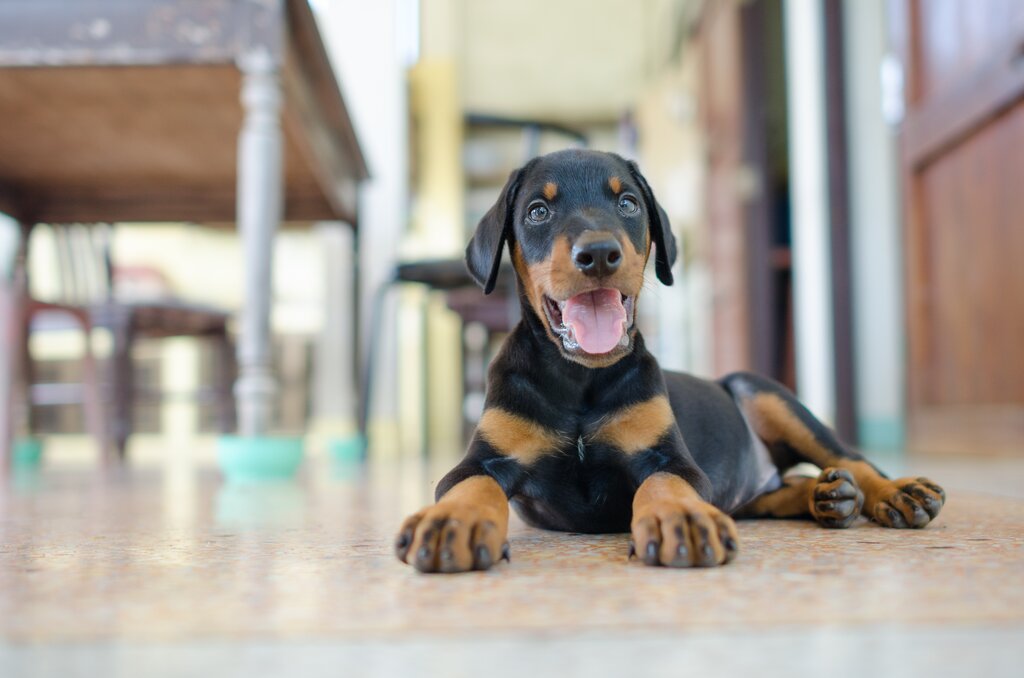
Training your puppy to toilet indoors follows the same principles as teaching them to toilet outdoors. When you notice the signals that your pup needs to go to the toilet, take them to their indoor toilet spot such as a Pet Toilet or Pee Pad, and stay with them. Praise and reward them when they get it right!
In case of accidents...
Supervise your pup in all areas of the house, so as to reduce the risk of accidents. Over time you may increase the area your pup can access as their toilet training progresses. Remember that accidents happen. If your puppy toilets in the house, stay calm and avoid any anger or scolding. They might interpret your anger or frustration as punishment for relieving themselves in general and may develop sneaky habits or avoid going within your presence. Calmly clean up after your puppy using an enzymatic cleaner to remove the scent from the wrong area and get back to enforcing your routine.
Gear up for the clean up
leaning up quickly after your puppy has an accident is a must for every pet parent. Not only does this promote cleanliness and overall hygiene, removing traces of the crime scene helps to prevent your pup from wanting to re-offend. Stock up with poop bags, enzymatic cleaners, pet wipes, training pads and lots of patience.
Did you know? Studies show that a dog making eye contact while doing their deed is a sign they trust you to keep a guard from possible predators during their most vulnerable moments. Blinking at you while pooping could be, "thanks for having my back, mate!"
Toilet Training Essentials
Further Reading
History
Our experts continually monitor the health and wellness space and we update our articles when new information becomes available.
Fri Dec 23 2022
Written by Dr Kes Holliday DVMDr Kes Holliday DVM
Veterinarian
Dr. Kes graduated from the University of Melbourne in 2014 with a Doctor of Veterinary Medicine and has worked at small animal clinics in rural Victoria and Melbourne. Dr Kes also worked as an export veterinarian for a pet transport company, helping to move dogs and cats across the world! Her fields of interest include animal behaviour, fish and veterinary public health.

